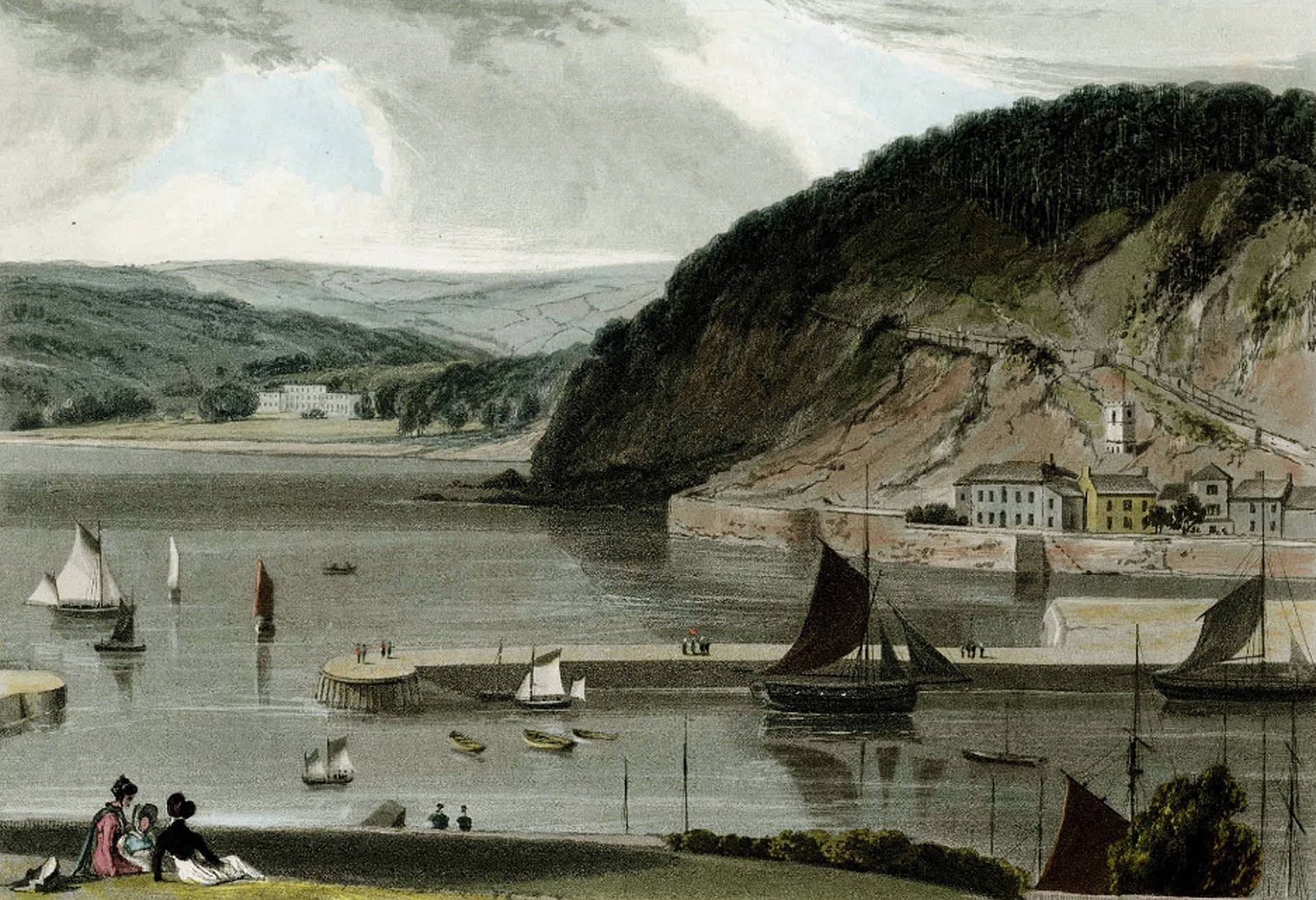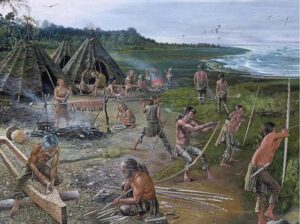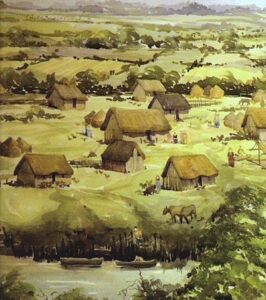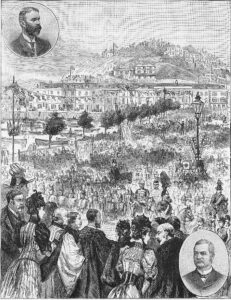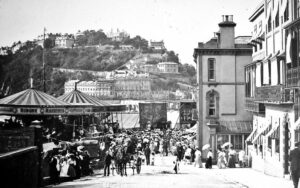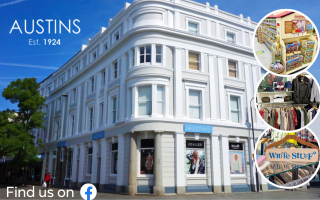Today Torquay has around 65,000 residents -Devon as a whole is about 1.2 million.
Bear that in mind as we look at the past population of our part of Torbay. This can give us some answers about why we don’t find much evidence of, for example, Roman occupation. For thousands of years there was just hardly anyone here…
In 2022 there’s a lot of us around and the town is quickly expanding along the Newton Road. We also have an evidently ageing population in the Bay as many of our residents are living into their 80s and 90s. To support our older folk we have the second highest number of care homes in the country.
It was once very different; even in the recent past.
Estimates suggest that in a pre-modern Britain life expectancy was around 30 years. Yet we have to be a bit careful here. Life expectancy captures mortality along the entire life course and tells us the average age of death in a population. So, in Palaeolithic Torquay life expectancy was around 22-33 years; in Neolithic times this had fallen to 20-33 years; while Bronze Age and Iron Age Torquay it was round 26 years.
But that is life expectancy ‘at birth’, a figure dramatically influenced by infant mortality – once as high as 30%. It doesn’t mean that the average Wall’s Hill resident died at the age of 26. Rather, for every child that died in infancy, another Torquinian might have lived to see their 70th birthday.
The main causes of death were infections, whether from disease or wounds, and from a poor diet. This, of course, had a great effect on an already small population.
Let’s start at the time the seas rose around 6,000 years ago and ‘Torquay’ became part of our island. At that time our population consisted of fragile and scattered groups of about 5,000 hunter-gatherers. But that figure applies to the whole of Britain.
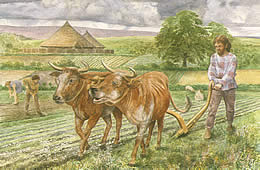
By the Bronze Age the population of Britain is estimated to range from between 20,000 to 100,000. The population increased to approximately one million by 1400 BC.
Roman Britain had a population of around 3.6 million people at the end of the fourth century. That’s when the Romans left. Certainly an increase, though the largest British town, London, may have had a population of only 35,000. Late Roman Exeter is estimated to have had a population of 2,000 to 5,000- less than Bovey Tracey today.
Then came something of a collapse and by the beginning of the fifth century the population of the area that eventually became Anglo-Saxon England had fallen to about one million.
There was then a gradual increase and by the time of the Norman Conquest England probably had a population of somewhere between 2 and 2.5 million – though still much less than in Roman times.
Of course, these are just educated estimates. We get more reliable data from the Domesday Book, that ‘Great Survey’ of 1086 ordered by the Conqueror. While not a full census it does tell us that: Cockington was held by William of Falaise, and had 18 villagers, 6 smallholders and 14 slaves; Tormohun (now Torre) was the property of William the Usher with 16 villagers, 12 smallholders and 4 slaves; St Marychurch was owned by the Bishop of Exeter with 4 villagers and 4 smallholders, alongside Count Robert of Mortain with 5 villagers, 8 smallholders and 3 slaves. Say around 100-140 people.
Britain’s population may have reached about 5 or 6 million by the end of the 13th century but we were still sparsely populated: London only had about 45,000 residents- still less than Torquay today.
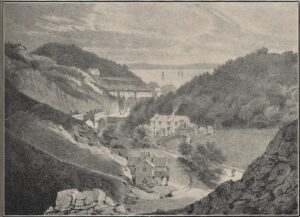
Medieval and early modern ‘Torquay’ did see some growth but our small communities remained fairly insignificant. In a reversal of today, by the end of the eighteenth century Brixham was the largest town with a population of around 3,700. In contrast, Paignton had 1600 residents and Torquay only 800.
During the early nineteenth century, life expectancy started to increase across all industrialised countries. In 1841, for example, a baby girl was expected to live to 42 years of age, a boy to 40.
But it wasn’t just an increase in life expectancy that massively increased Torquay’s population. Our growth was, of course, caused by the town being discovered and promoted as a tourist resort; the railways acceleartng chage . Driven by an increasing population, the original settlements of the harbourside and Tormohun merged and began to absorb their closest neighbours:
1801: 838 persons
1811: 1,350
1821: 1,925
1831: 3,582
1841: 5,982
1851: 11,474
1861: 16,419
1871: 21,659
1881: 24,767
1891: 25,534
1901: 33,625
(though this now included St Marychurch and Cockington)
Many of those incomers came as domestic servants and a majority were female. This saw a gender disparity in the town that would persist for over a century. In 1871 there were 12,772 females to 8,885 males in Torquay. In 1881 there was a population of 19,293 females but 13,665 males.
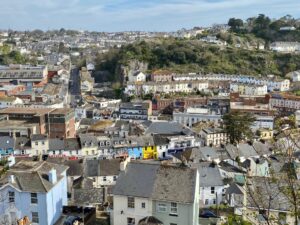
Today we are living an ageing society and Torquay is ageing more rapidly than most. This perhaps gives us an idea of what Britain will look like in twenty years. Alongside retired folk moving in, we’re just living longer – life expectancy is now 83.3 years for females and 78.9 years for males across the Bay. While the average age in Britain is 40.4 years; the average age of a Torbay resident is 48.
The rest of the country can learn a lot from how we cope…


